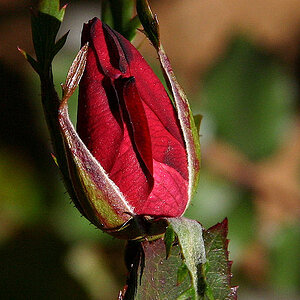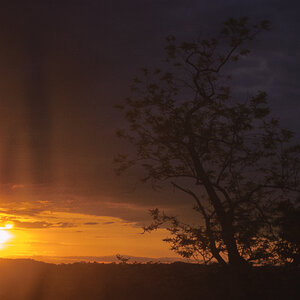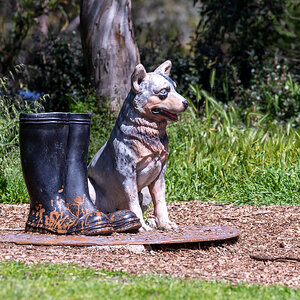carmeyeii
TPF Noob!
- Joined
- Sep 16, 2008
- Messages
- 10
- Reaction score
- 0
- Location
- Mexico City
- Website
- www.flickr.com&
- Can others edit my Photos
- Photos OK to edit
Hi Everyone!
I've got a few questions that keep bugging me as I can't find a reasonable answer to them. I hope someone is wise enough to provide the answers! Thanks!:blushing:
1. When you are shooting with strobes, using a main light and a fill light, you typically expose for the main light. Supposing the main light is at F11 (outputting more light), and the fill light is at F8 (outputting less light), if you set the diaphragm to F8, what would the areas that are being lit by the fill light look like? Would they look as illuminated as the parts lit by the main light? Or just well exposed, still less lit? And so, when you do shoot at F11, this means that the fill light parts are actually being underexposed? Or just being lit less? So, does the meter indicate the aperture needed for that specific output to get to a standard lighting point? Or does the strobe have the ability to actually light a subject more subtly or intensely?
So, does the meter indicate the aperture needed for that specific output to get to a standard lighting point? Or does the strobe have the ability to actually light a subject more subtly or intensely?
2. This brings me to my second question: Sometimes, when you're trying to shoot a dark photograph, if you overexpose, it may not look as if you had overexposed, it actually looks like there was more light than there really is at the place of the shot, so a dimly lit cup might look really lit and its surroundings as well, without that light actually being there... so what's going on? It doesn't look overexposed, but I know it's not real... but is it the correct exposure?
3. I shot a portrait of a girl which was reclining on the wall, so her left side (looking from the camera) was nicely lit, but her right side (the one she was reclining on) was shadowy. I liked the look of this lighting and took the picture, but it appears to me that the camera exaggerates either the shadows or the highlights, so if I shoot and expose her left cheek correctly, her right side will be too dark, and if I expose for her right cheek, her left will be way too light, and these extremes are not what is going on in reality. My question is, at what point does the camera begin to bias toward an extreme and stops being able to record detail in both areas as we do?
I hope this was sort of clear, I know it is confusing, but it is killing me!!
I've got a few questions that keep bugging me as I can't find a reasonable answer to them. I hope someone is wise enough to provide the answers! Thanks!:blushing:
1. When you are shooting with strobes, using a main light and a fill light, you typically expose for the main light. Supposing the main light is at F11 (outputting more light), and the fill light is at F8 (outputting less light), if you set the diaphragm to F8, what would the areas that are being lit by the fill light look like? Would they look as illuminated as the parts lit by the main light? Or just well exposed, still less lit? And so, when you do shoot at F11, this means that the fill light parts are actually being underexposed? Or just being lit less?
 So, does the meter indicate the aperture needed for that specific output to get to a standard lighting point? Or does the strobe have the ability to actually light a subject more subtly or intensely?
So, does the meter indicate the aperture needed for that specific output to get to a standard lighting point? Or does the strobe have the ability to actually light a subject more subtly or intensely?2. This brings me to my second question: Sometimes, when you're trying to shoot a dark photograph, if you overexpose, it may not look as if you had overexposed, it actually looks like there was more light than there really is at the place of the shot, so a dimly lit cup might look really lit and its surroundings as well, without that light actually being there... so what's going on? It doesn't look overexposed, but I know it's not real... but is it the correct exposure?
3. I shot a portrait of a girl which was reclining on the wall, so her left side (looking from the camera) was nicely lit, but her right side (the one she was reclining on) was shadowy. I liked the look of this lighting and took the picture, but it appears to me that the camera exaggerates either the shadows or the highlights, so if I shoot and expose her left cheek correctly, her right side will be too dark, and if I expose for her right cheek, her left will be way too light, and these extremes are not what is going on in reality. My question is, at what point does the camera begin to bias toward an extreme and stops being able to record detail in both areas as we do?
I hope this was sort of clear, I know it is confusing, but it is killing me!!


 BTW, your examples are great. All of you!
BTW, your examples are great. All of you!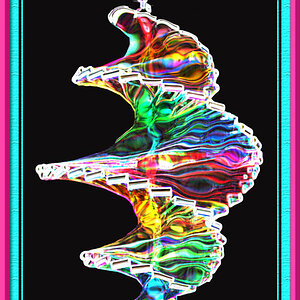
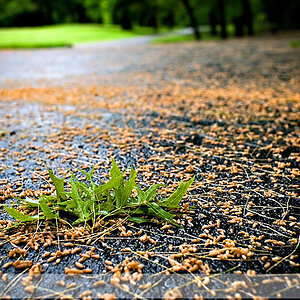
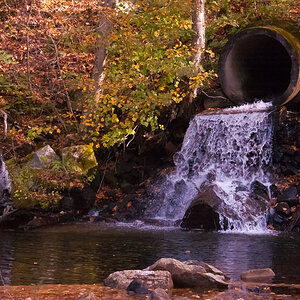
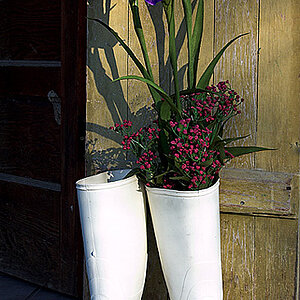
![[No title]](/data/xfmg/thumbnail/34/34061-e097813b3719866d07ff3e78e8119ffa.jpg?1619736258)

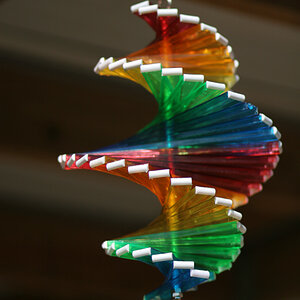
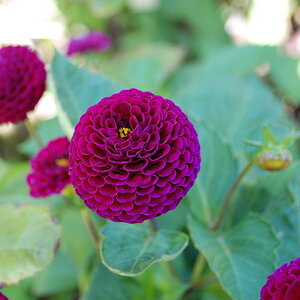
![[No title]](/data/xfmg/thumbnail/34/34059-47197a726f7089095bae50bfb77d8b1d.jpg?1619736258)
